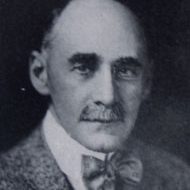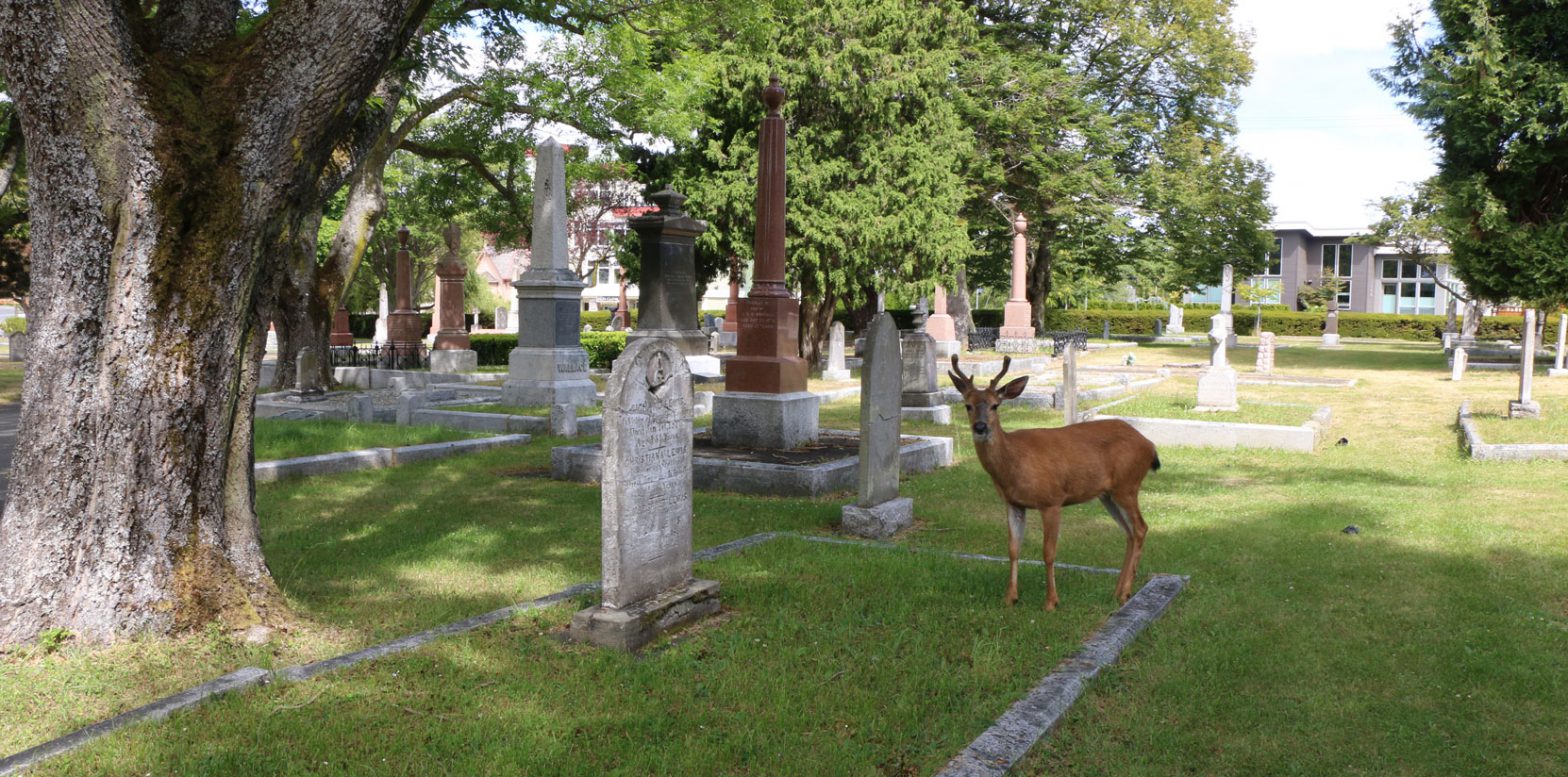Peter Creak Fernie was owner of much of the land on which the Butchart Gardens now stands.
In 1904, Peter Fernie sold his land at Tod Inlet to the Vancouver Portland Cement Company.
More about Peter Fernie and his brother, William Fernie, appears in Chapter 1 of our Butchart Gardens History: From Devastation To Beauty – The Creation Of The Butchart Gardens..
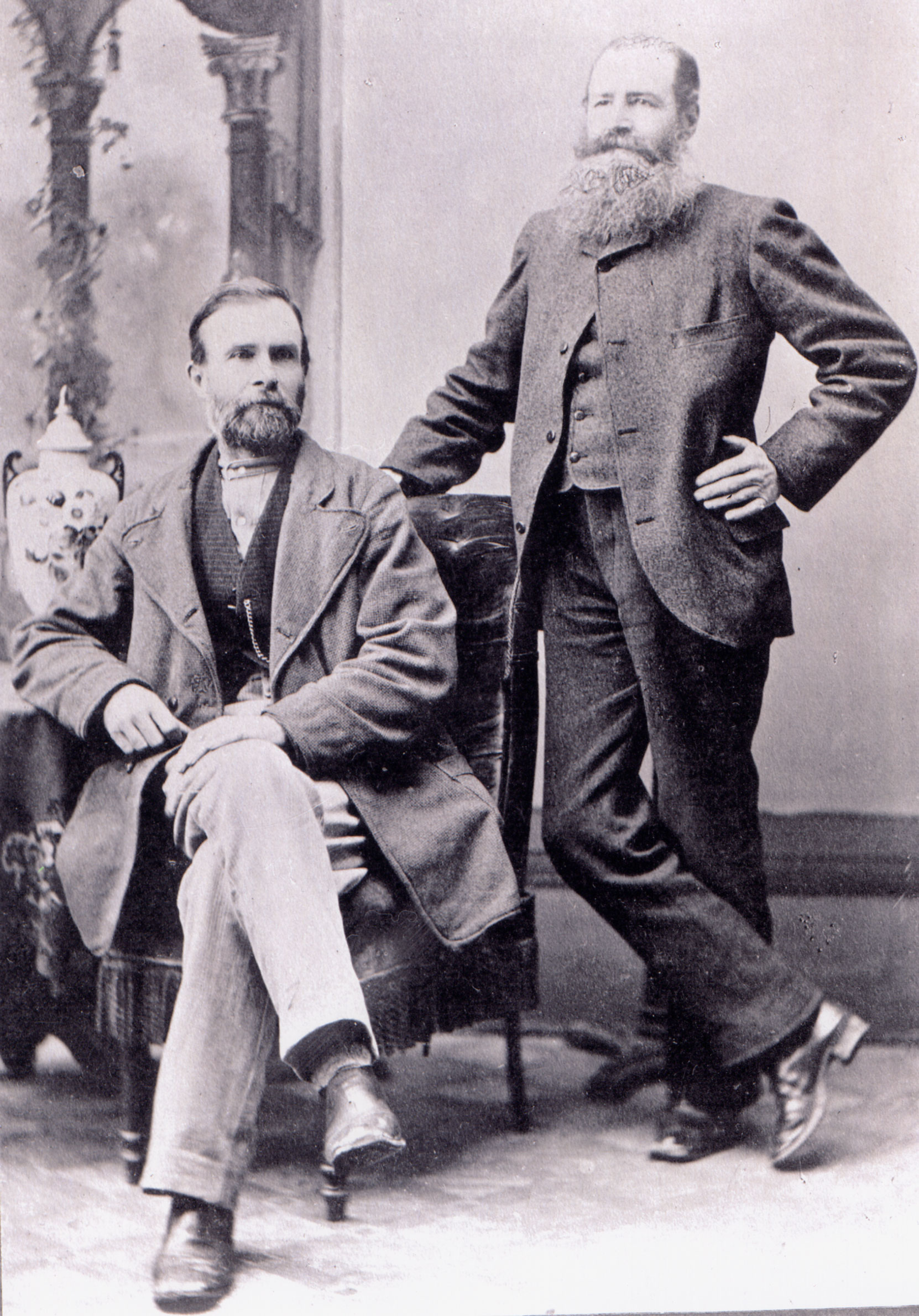
Here is a brief history of Peter Fernie’s Crimean war service which appeared in the Daily Colonist newspaper in 1913:
“SERGT. PETER FERNIE
Sergt. Peter Fernie, now in his 84th year, whose name was given to the prominent Crow’s Nest coal city of Fernie, wears the Crimean medal with four clasps – Inkerman, Alma, Balaclava and Sevastopol—and the Turkish medal for that campaign, together with the Indian Mutiny medal. He enlisted In the famous I. Battery of the Royal Horse Artillery – the battery with which Colonel Bull in years before won such success at Leipsic – at Dover in 1848. In those days the R. H. A. had 12-pounders and 24-pounders of brass, muzzle loaders with a range of a few hundred yards in comparison with the ranges today. In our day, says Mr. Fernie, we expected to look the gunners of the opposing battery in the face almost before we opened fire, for our old Black Besses were not much good when the range was over one or two hundred yards.
With C Battery of the R. H. A. he went in a sailing ship to the Crimea. First they landed at Constantinople, and later at Kalamita Bay, a short distance north of the point at which the River Alma runs into the sea. Sevastopol lies thirty miles south. With his fellow gunners, Sergt. Fernie crossed the river in the face of the Russian batteries armed with heavy guns on the highest points of the hills or bluffs, of scattered artillery and dense masses of infantry which covered the hills. The river was crossed in the face of desperate Russian resistance. the heights were climbed and the redoubt of the. Russians carried, the Russians being driven from the field.
BEFORE SEVASTOPOL
In his 84th year Sergt. Fernie recalls less of the struggle up the heights than he does of the way he augmented the poor rations of the day because of his good fortune in having a brother on a mail steamer which called at Sevastopol later. He remembers how they worked their guns to the heights and fired on the retiring Russians. He recalls the unpopularity of the war correspondent, whose beginning he saw in this campaign. Bull Run Russel came in for especial mark of disapproval, and many a gunner of C Battery would have liked to punch him. Had Lord Raglan not been prone to overestimate the Russian strength, Mr. Fernie believes a dash could have then been made on Sevastopol with good results. However, three days after their defeat at the Alma, the Russians sank ships and barred the entrance to the harbor there, and the troops bad to fight again at Balaclava, south of the city on the other side of a promontory, with a port that could be utilized for communication between the warships and the armies.
“MAGNIFICENT, BUT NOT WAR”
Balaclava was fought on October 25. It was mainly a cavalry action, but, says Mr.—ne, Sergt.—Fernie, history doesn’t give all the cavalry credit. Everyone knows about the charge of the Light Brigade, that gallant mistake in which 607 riders charged what has been rightly described as “The Russian army in position” and 198 came back “from the valley of death.” Tennyson wrote the epitaph of the Light Brigade, or most of it, in spirited verses, and General Bosquet, of the French troops, in a much-quoted phrase: “It was magnificent, but it was not war.” Sergt. Fernie was on the hilltop when the charge took place, and from the same hill he saw the Heavy Brigade go to the charge, an event which he rank equally with that daring affair of the Six Hundred. If your war correspondent had done his duty then, says Mr. Fernie, you would have had poems about the Heavy Brigade.
HOW SURVIVORS INCREASE
“The charge of the Light Brigade was the outcome of a row between Generals Lucan and Cardigan. We all knew that Lucan sent Cardigan in with his cavalry, and he knew they had no chance. Nolan brought the order to Cardigan, bit Nolan didn’t live to tell anything about it afterward. He was one of the first killed. We saw them form and ride into the valley. There were guns in front of them and on the hills at both sides, guns wherever they went. They hadn’t a chance. There weren’t many of them who rode back, with their uniforms torn and delapidated. They were a bedraggled lot as they came past us. If you read the American papers there must have been a good many more of them than I saw then, for more than 600 veterans of the charge of the Light Brigade must have died in the United States, according to these newspapers.”
The Russian attack on Balaclava was repulsed, and next day they moved out of Sevastopol and were again repulsed. On November 5 they made another attack, this time on the plateau at Inkerman. This was a soldier’s battle, almost all infantry business. Sergt. Femie says he stood with his battery that day watching the Russian cavalry. There must have been five or six thousand of them drawn up ready to fall on our fellows if their attack had been driven home; but it wasn’t. We watched them all day and fired a few rounds. It was an infantryman’s battle, though, and there was little work for gunners or cavalry that day. It was really a series of hand-to-hand fights, and the Russians were driven off.
FORGETS THE HARDSHIPS
Mr. Fernie says he does not remember many hardships – he chooses to forget them. The sickness, bad weather and bad management. The loss of clothing. Winter stores, provisions and hospital necessaries when the transports were wrecked in the Black Sea storms is a matter of history. Meanwhile the Siege of Sevastopol had dragged along. Mr. Fernie says rations were different in those days, hard tack and salt horse – three day’s rations dumped into the palms of your hands at a time. “But,” he adds with a laugh, “I had a brother on one of the mail steamers which ran in, and I did better than some of the officers. He remembers best the muddy roads, the dead horses by the wayside, but he is not eloquent regarding any sufferings during that long siege when sickness weakened the armies. He has forgotten anything of that kind, remembering only that he had a brother on the mail steamer who was good to him.
WHIPPED A TURKISH COLONEL
Of the allies he recalls the Sardinians as excellent fighting men with the French, but the Turk did not show up as well. The Turk would fight well if he had good leaders, and sometimes he had not got them. Many an officer was sent home from the Turkish army to be shot after he reached Constantinople. “I saw General Donneville run into our battery one day and grab a driver’s whip with which he whipped a Turkish Colonel. He did make him howl. The Turk was sent back to Constantinople, and I guess that was the last of him.”
There was lots of fighting, especially around the Malakoff Tower and Mamelon Battery. We had to get our guns up to 300 or 400 yards. Our old Brown Bess was not good for much distance. We had almost to look into the faces of the Russians when we started to shoot. But we did our share. After the fights at the Malakoff, at the Redan and other redoubts, the Russians withdrew across a bridge of boats and they left Sevastopol in flames for the invaders. This siege, which lasted about a year, ended the war. Only the heroic siege of Kars, which finally had to surrender with famine and the heroes who defended it marched out with all the honors of war, remained.
TOOK PART IN MUTINY SUPPRESSION
Sergt. Fernie went back to England with his battery and was transferred to E Battery of the R. H. A., with which he went to India in the sailing ship Marlborough to take part in the suppression of the mutiny. Many of the gunners had preceded him, and he was left for a time at Calcutta with the guns and ammunition wagons of E and F Batteries, which he afterward went with to Allahabad, where the guns were placed in the forts. The refugees from Lucknow were coming into Allahabad when he arrived there. He was with Sir Hope Grant’s division and they had considerable fighting, mostly small affairs with a lot of hand-to-hand fighting, but he had no adventures that he can remember, he says; in fact, they were all adventures, but he didn’t think any worth recalling. The histories tell the tale better than I could, he says .
Mr. Fernie comes from a family of soldiers. His grandfather was a sergeant of the Black Watch with Wellington in the Peninsular wars. After the Mutiny he left the service, retiring in 1861. He,got his discharge in that year at Woolwich, after serving 12 years and 280 days, and in 1862 he came to Canada, where he engaged in mining and assaying, in Cariboo and the Kootenays, where he and his brother discovered coal, and the town of Fernie was named after them in honor of their find.”
(Source: Daily Colonist, 30 November 1913, page 24)
Peter Fernie and his brother, William Fernie, are buried in Ross Bay Cemetery, Victoria, B.C.
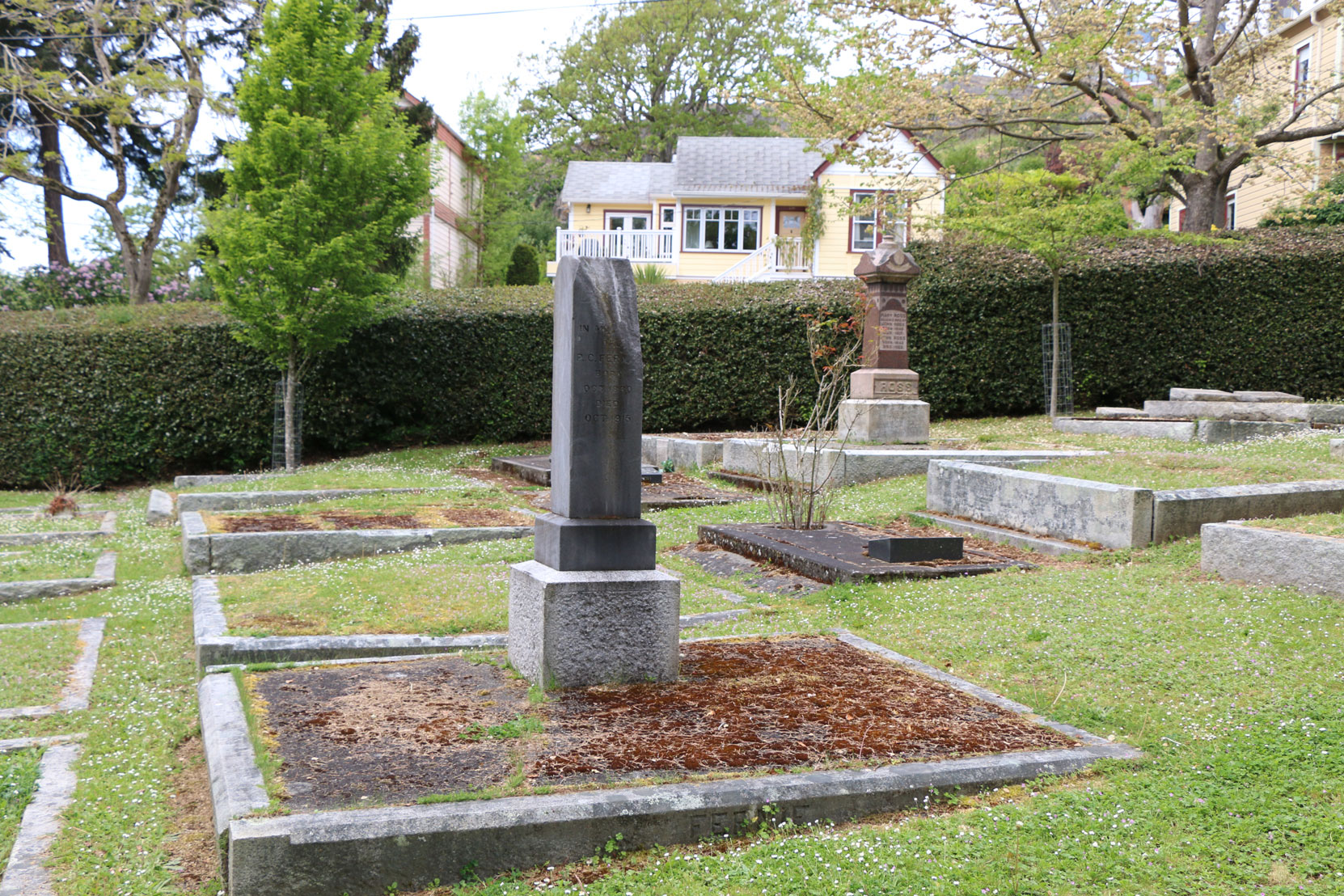
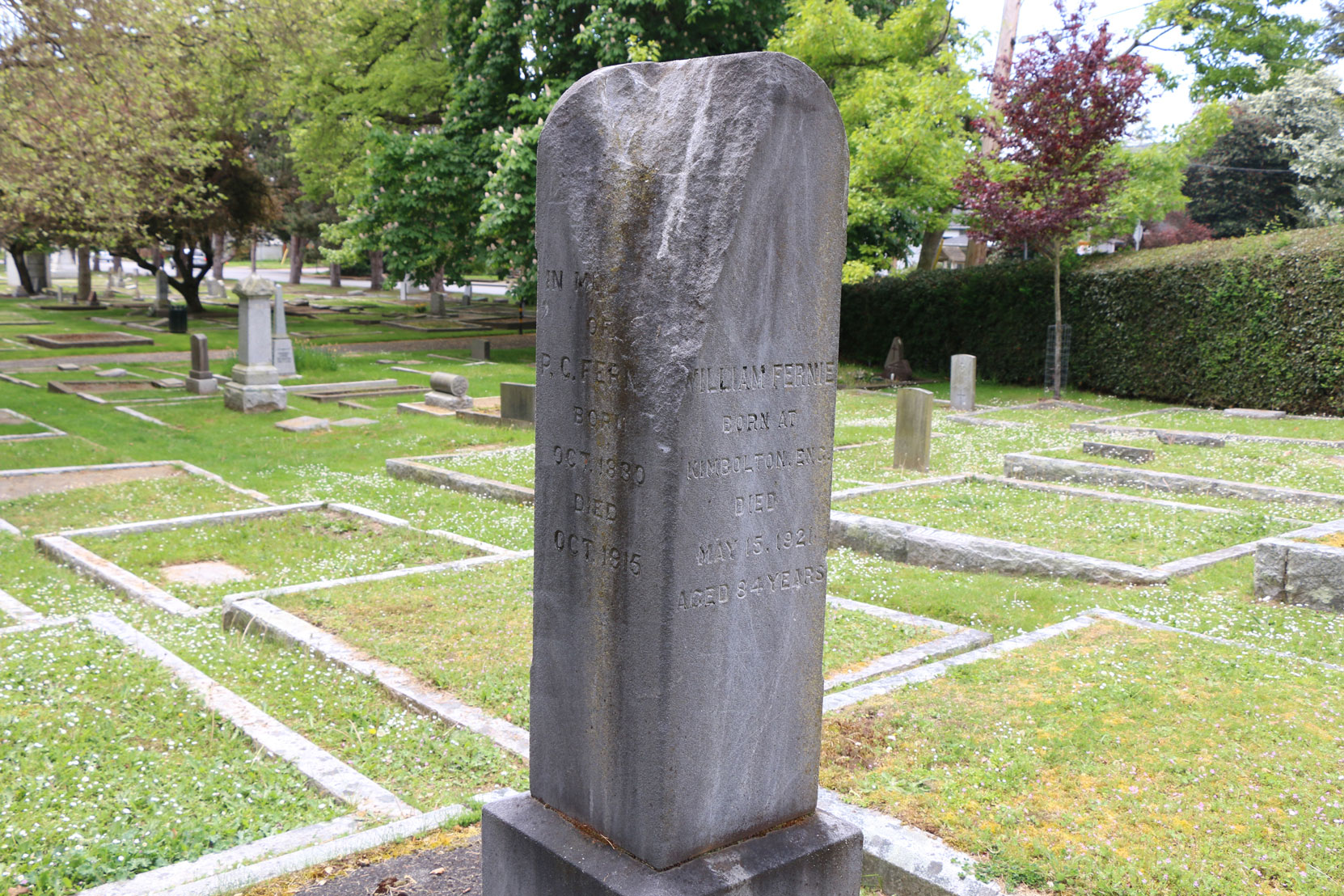
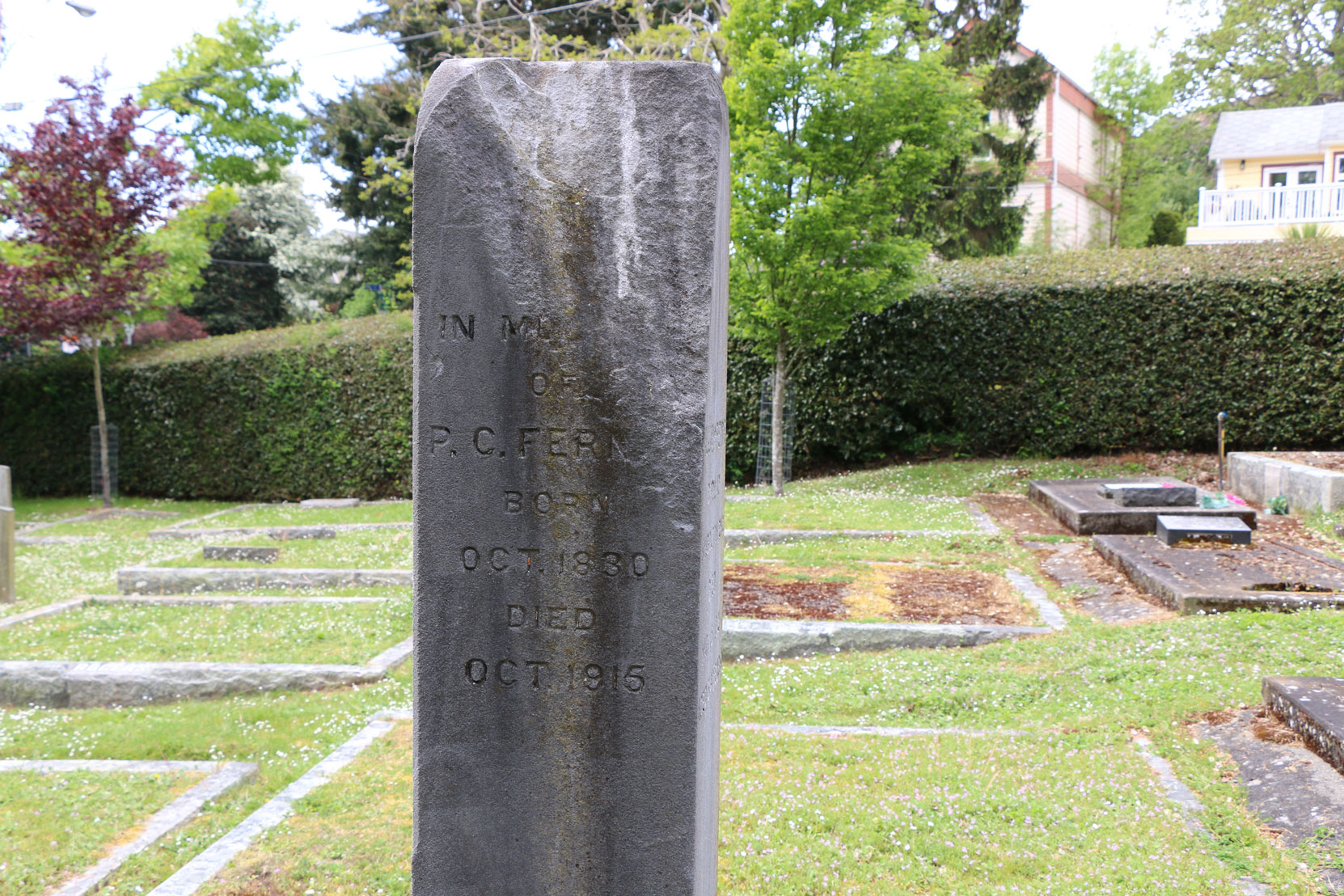
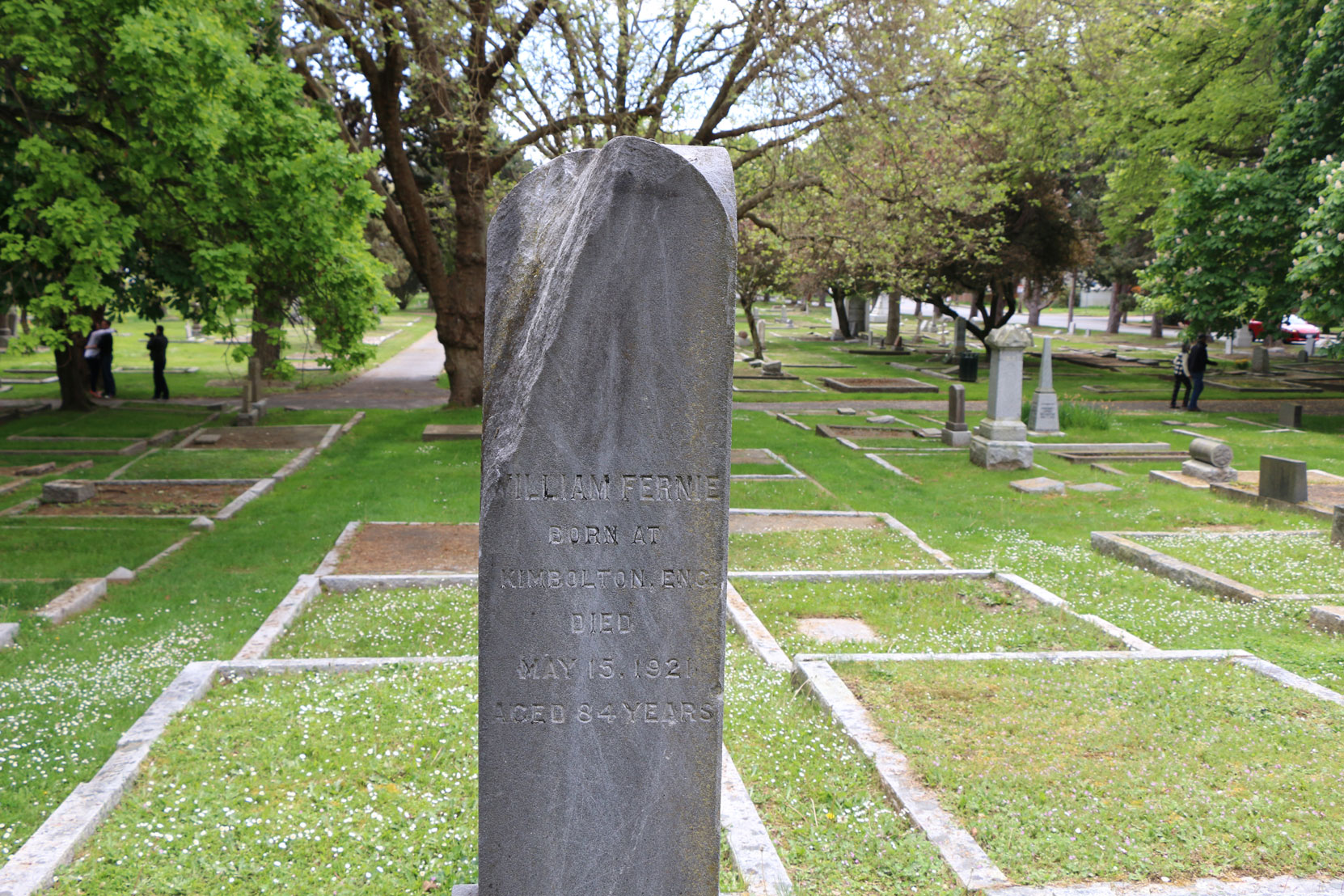
Would you like to leave a comment or question about anything on this page?
